Today, I had the opportunity to present to the Little Hoover Commission, an independent state oversight agency, on ways to help ensure children enrolled in Medi-Cal get the dental care they need.
The Commission’s review, requested by Senator Richard Pan and Assemblymember Jim Wood, is in response to a recent audit of the State’s Medi-Cal dental care program that found poor access to care and lack of oversight of the program that put the more than five million children enrolled in the program at higher risk for dental disease.
When children’s oral health is neglected, they needlessly suffer and lose the opportunity to realize their full potential. Poor dental health can disrupt normal childhood development and seriously damage overall health. Children with poor oral health end up in the emergency room, and they miss school due to dental problems.
The audit report and the efforts of the Little Hoover Commission—along with the fact that we now have a state dental director to lead statewide efforts to improve the oral health of California’s residents—provide the impetus and tools to finally make real change and put California on the path to ensuring its children have the optimal oral health care they need to stay healthy and succeed in school and life.
The Children’s Partnership’s recommendations to improve children’s oral health are threefold:
1. Bring Care to Where Children Are. If we are truly committed to the oral health of all children, bringing timely dental care to where they are can make a big difference. The Virtual Dental Home brings care to children in schools, Head Start sites, or other community settings. We were pleased to see the enactment of AB 1174 in 2014, and we hope to see enactment of AB 648 in the near future to continue to expand this cost-effective approach to dental care for children.
2. Invest in Preventive Care for Young Children. Young children enrolled in Medi-Cal receive dental services at disproportionately low rates, even though their needs deserve particular attention. Early preventive dental care results in better oral health as well as overall health and well-being over a lifespan. The State needs to address the needs of young children, which could include raising reimbursement rates for providers who see this population or raising rates for particular services that impact this population, such as preventive services.
3. Make the Most of Our Workforce. We can no longer assume that the dentist is the only provider that can address children’s dental care needs. It takes a team to provide the comprehensive oral health education, care management, and treatment families need. Dental hygienists and assistants are helping to bring care to where children are through the Virtual Dental Home. Community health workers can play a vital role in educating families about the importance of good oral health and how to achieve it, as well as connecting families to services. And home visitors can also play a critical role in getting families off to a good start. California should explore how to adopt and support best practices for expanding outreach, education, and services to improve dental care. Improving the oral health of California’s underserved children is a top priority for The Children’s Partnership, but it will take a coordinated effort of the Administration, the Legislature, and stakeholders to truly make a difference. We look forward to continuing to work with the State to ensure that Medi-Cal’s children—more than half of all of California’s children—have the good oral health they need to be healthy and succeed in life.
